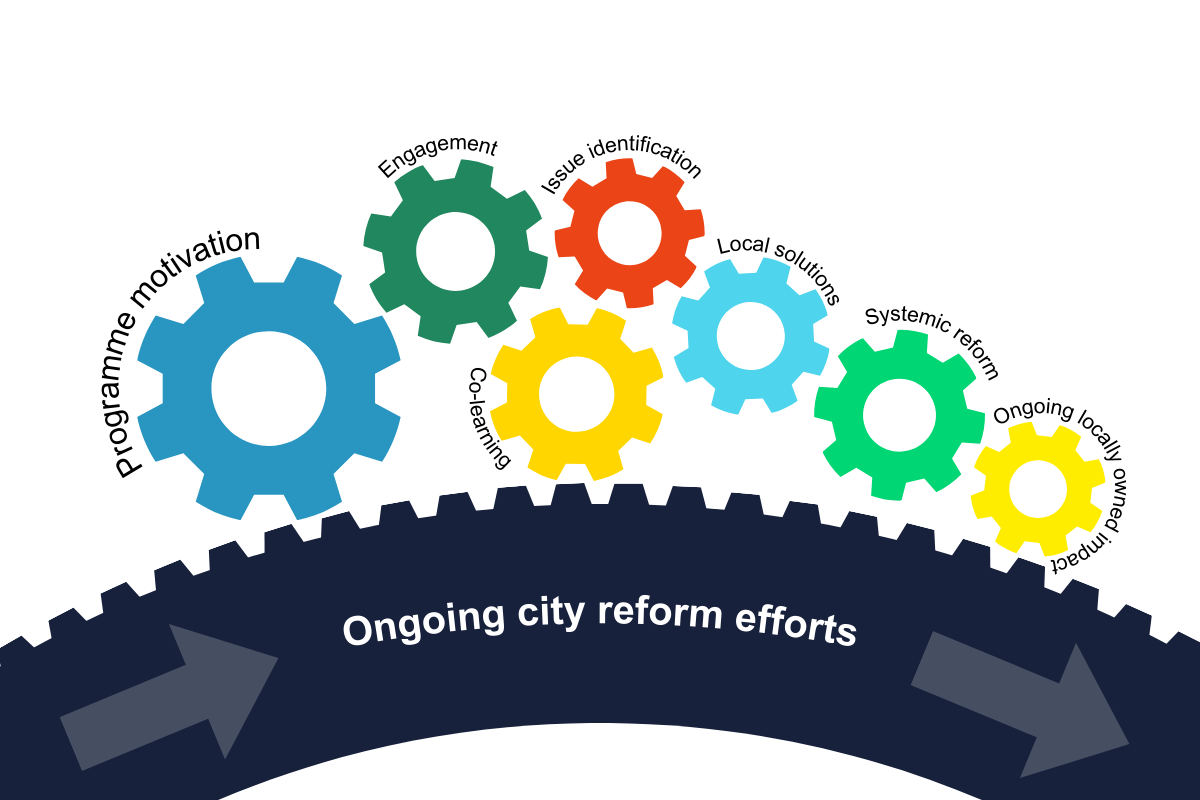Urban transformations: Aid, trust and ACRC
This is the first in a series of blog posts focusing on how urban reform happens and where ACRC fits into change processes. This first blog post focuses on how ACRC’s approach links to issue-based programming, the second explores urban transformation and the centrality of trust in politically engaged development programmes, the third takes a closer look at how ACRC adds value to urban reform, and the fourth highlights how ACRC is helping build community capabilities to address urban challenges.
By Diana Mitlin
The widespread cuts to official development assistance that have recently been announced will have enormous reverberations for some of the world’s most vulnerable communities. Whatever emerges from the ashes, the effectiveness of remaining aid programmes will be under more scrutiny than ever. This will require the sector to make some fundamental changes to the way that it operates.
Despite the fact that significant amounts of aid have failed to deliver intended results, much of the sector recognises that development assistance has supported a multitude of actions to address exclusion, poverty and marginalisation.
But in a context in which financial allocations and programme prioritisation are self-evidently political – and the solutions to many of the crises in the global South are, at least in part, structural – what approach should be taken?
Dealing with issues
A recent report on “issue-based programming” provides a stimulating starting point. This review of some FCDO-funded programmes by Gareth Williams, director of the Policy Practice, highlights an approach that recognises that aid-financed interventions need to be low cost, well-designed and locally led.
Issue-based programming (IBP), according to Williams, “is a distinctive approach to international development programming focused on addressing locally defined issues that provide a rallying point for domestic stakeholders to mobilise and drive change” – which he argues is unusual in development practice.
Many of these building blocks are well aligned to our own approach at ACRC. However, I would change the emphasis and give more attention to the contribution of local actors embedded in reform processes, the alignment between those actors and the funding conduit, and hence in the ability to use aid to catalyse political opportunities for reform.
In this blog post, I’ll set out how ACRC’s approach links to the description of issue-based programming – and where our emphasis differs.
Figure 1: The building blocks of issue-based programming

Source: Gareth Williams (2025), Nine lessons from issue-based programming.
ACRC’s approach
The African Cities Research Consortium (ACRC) – funded by FCDO, designed in 2018 and contracted in 2020 – has from the beginning had an emphasis on work to address identified “priority complex problems”. This approach, which was set in the original DFID terms of reference, falls firmly within the definition of issue-based programming.
The foundation phase of ACRC was focused on situational analysis – examining events, challenges and opportunities in 12 African cities using a framework that had an emphasis on both politics (broadly defined) and urban systems. Underpinning this was a recognition that urban programming by agencies such as DFID had often failed because of misunderstandings around the particular nature and interests within urban politics. It also spoke to the siloed nature of many development interventions where one set of activities could exacerbate problems in other systems or sectors.
We are currently a year into the implementation phase which is focused on action research to address issues that emerge from the analysis. Recognising the applied nature of the action research approach, there has been a significant investment in uptake from the beginning. Urban stakeholders (beyond the professionals and academics involved in doing the situational analysis) have been engaged throughout the programme, with specific attention given to low-income residents and workers, and local government (both politicians and officials).
The role of aid
Since the start, we have understood that ACRC is a time-limited (currently 7.5 years), budget-constrained effort, with a commitment to urban reform which leads to less poverty, exclusion and marginalisation – and that this involves both redistribution and growth. Rapid population growth and the increasing impacts of climate change only increase this challenge.
We are funded by development assistance, which is temporary, external and embedded in colonial relations. There are positive and negatives associated with each of these, and to secure the positives and reduce the negatives requires deep, trusted relations between those in Africa and those outside Africa.
The temporary nature of development assistance is frustrating for local NGOs and community groups trying to advance complex agendas, but it pushes all parties to engage with the state. Only the state can fund over the long term and at the scale required, so we have to embed reform within the state.
The external nature of aid-funded programmes raises questions about prioritisation and preference, but it also brings into play the possibilities of ideas and learning. Aid may be recognised as an opportunity by local reformers to present ideas and exemplify possibilities. In this context, it is possible to jump forward plans and programmes and issues that are stuck. Local reformers, in this conceptualisation of well-designed aid programmes, are very much in the driving seat.
Finally, decoloniality and coloniality sit alongside each other in Africa’s urban spaces. The challenge is to build relations anew to increase political reach and de-risk significant innovations, while not pre-determining processes and decisions. That requires regular communication, respect and common purpose.
Hence, from the beginning, we engaged in cities in which we were confident that an urban reform process, broadly framed, was already present and located within agencies and individuals with whom we already had relationships.
I would emphasise that, in my experience, reformers are very frequently present in all urban centres. Working both within and beyond the state, these individuals often have a vision for urban development and are concerned with the public interest. For ACRC, this meant that the presence of a momentum towards reform was not necessarily a limiting factor. All we needed was strong pre-existing relationships. More on this in future blog posts.
ACRC’s parallel tracks and issue-based programming
One of the ways I used to articulate the work of the ACRC in the foundation phase was as parallel tracks. This acknowledged both the stream of activities that were grouped within ACRC, and the accountabilities to FCDO, consortium partners and The University of Manchester, as contract holder. But it also acknowledged the powerful momentum of reform going on within cities, beyond ACRC. This was a momentum that we sought to align with and add value to existing efforts.
Figure 2: The parallel tracks of urban reform

Source: ACRC
The “programme” side of the parallel tracks is well captured in the IBP processes described by Williams. This is a world in which we engage with the building blocks described in the document (listed in Figure 1 above). We are explicit about our intent, we use our research to identify and analyse issues, we engage with stakeholders to design responses (nurturing inputs from those who are informed and well-placed to act), we have a plan to secure strategic policy and programming changes in the state, and we have a framework for reporting and programme adaptation. We also have an explicit commitment to decolonisation processes with intermittent monitoring as to how we are doing.
The second side of the parallel tracks – the preexisting momentum towards reform – is left out of Williams’ articulation. What are some of the characteristics of work on the other track? The processes of urban reform are tricky. There is a plethora of literature on the complexities of urban development that describes the scale of rent extraction and political interests, the dysfunctionality of the sectoral interventions favoured by governments in both North (funding) and South (executing) and ongoing processes of capitalist exclusion, such as gentrification. But while tricky, urban reform is possible. The people and partners we’re working with in African cities bring:
- Relations with the state. They know who does what in local and national government with respect to urban development. They know who has a genuine commitment and demonstrated capabilities. And they are themselves known to those agencies.
- Relations with low-income groups. There is a moral imperative to include the people and groups whose lives we hope to improve, but they are also vital to achieving longer term changes. The detailed knowledge, insights and priorities of people living within informal settlements are also essential to the management of local politics, which can sustain change.
- Credibility and legitimacy in leading local change. This requires them to have motivation, to have identified and analysed strategic issues and to have engaged with key stakeholders. It also requires them to have some influence on system reform, providing politicians with the confidence to work with them.
- Demonstrated intelligence in terms of designing solutions to agreed problems, with a framing of the solution that is sensitive to local political realities.
For ACRC, as addressing complex problems through action research ramps up through the implementation phase, our current challenge requires a subtly different approach. We are explicitly trying to bring together the tracks representing ACRC programming and preexisting urban reform, to strengthen a pathway towards urban transformation. Now, success requires that the tracks align, albeit for the relatively short life of ACRC.
Header photo credit: XclusiveVisuals / iStock. The commercial area of Oshodi in Lagos, Nigeria.
Note: This article presents the views of the authors featured and does not necessarily represent the views of the African Cities Research Consortium as a whole.
The African Cities blog is licensed under Creative Commons Attribution-NonCommercial-NoDerivatives 4.0 International (CC BY-NC-ND 4.0), which means you are welcome to repost this content as long as you provide full credit and a link to this original post.


